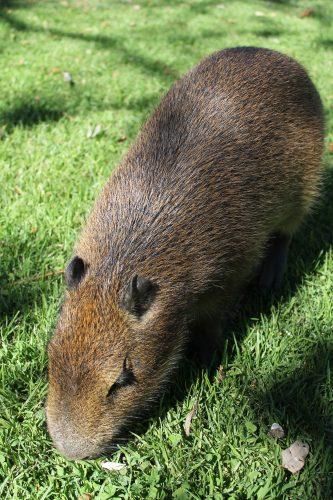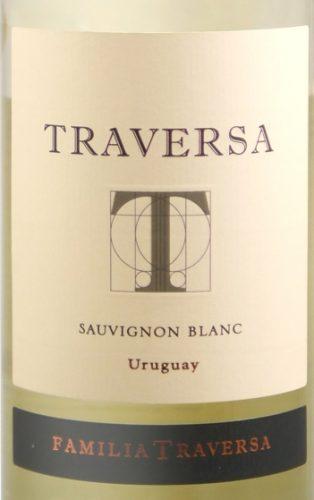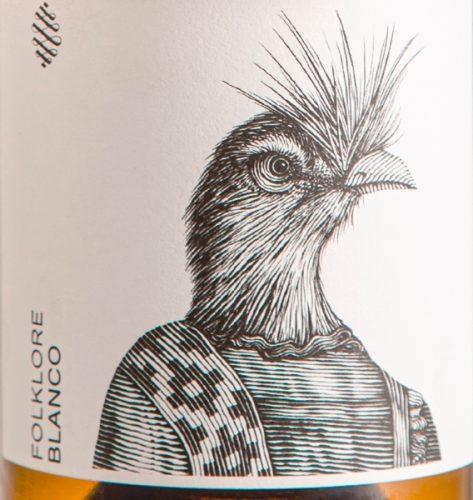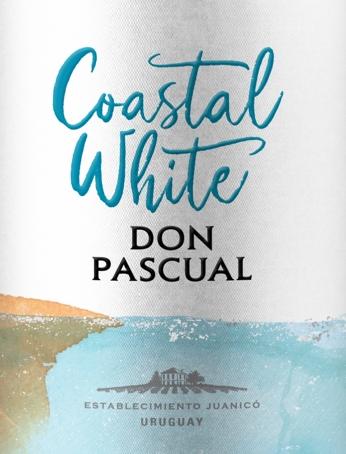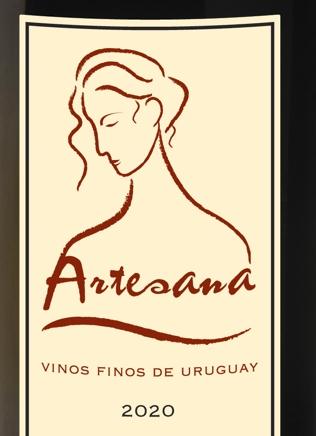Longtime 1WD readers might remember Uruguay as the place where I met Pincho, a (technically wild) Capybara who was quite selective about who he did and did not let pet him (apparently, Capybara’s purr when they’re happy, by the way, which I can tell from first-hand experience that having an enormous rodent purr while you’re petting it is just as weird as it sounds).
They might also recall it as a place of toilet frogs (long story) and excellent, budget-friendly vino. I was fortunate enough to attend a virtual tasting revisiting (hosted by Uruguay Wine’s Martina Litta and Joaquin Hidalgo from Argentina’s La Nacion) of more recent releases from several top Uruguay producers, and I’m happy to report to you that the wines are better than ever (I did not receive an update on the capybaras, but I’m assuming they’re doing well, too).
A quick primer on the Uruguay wine scene: Uruguay is a a small country of just 3.4 million people (who are outnumbered by cattle). It’s quite progressive, very literate, and has one of the higher life expediencies of any nation in South America (and that’s despite beef consumption being a big, BIG thing there). There are just over 160 active wineries in Uruguay, and only about 5,000 ha of vineyards. Most of those wineries are small, family businesses. They drink a lot of wine there, too (to go with all of that beef eating).
A mild, maritime climate, with vines growing on soils that can be heavily influenced by granite/clay (especially in the east), comes courtesy of the convergence of the Brazil and Malvinas Currents, which happens right at Uruguay’s coast, creating the conditions that promote ample rainfall in the country. Colder winds blow in from the ocean, but warm winds hit from the north, also promoting the development of rain. All of this makes the southern area of Uruguay much cooler than the north, promoting diversity in the grape variety plantings. Tannat is everywhere, primarily because it adapts well to those rainy, wet conditions. According to Hidalgo, Uruguay has more in common with Bordeaux than it does with neighbors Chile or Argentina in terms of soils and climate.
Over 80% of the country’s wine is made from the regions in the central-south, near the tourist mecca of Montevideo. They export just 7% of their production, which makes Uruguay wine a bit difficult to find on the store shelf, though when you do find it, chances are quite good that you’ll be smiling at the convergence of quality and price…

